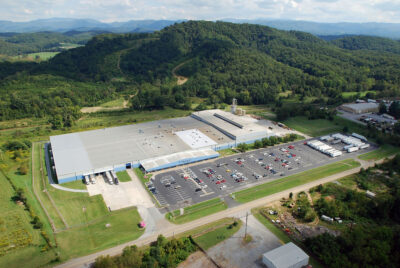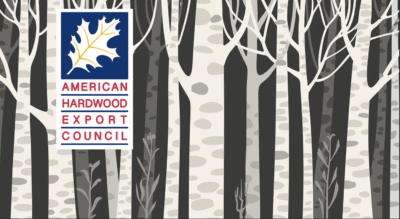Southeast Business Trends 2025 – Markets On The Rise In The Southeast U.S.
According to Southeast sources at the time of this writing, the market is better since the first of the year. Even with the concern around tariffs, interest rates are the focus.
A hardwood company salesman in Arkansas said the market is depressed but better than six months ago. “It’s been slow for so long, we are finally trying to come out of it,” he said.
His company markets Red and White Oak, Hickory and Walnut to wholesalers who then sell to flooring end users. Their most popular product is White Oak. When asked about his customer’s market stance, “They say the market is slow, across the board. Nationally the housing market is slow,” he said.
“When my customers and I talk, I don’t know if you’d say they are optimistic, but everybody keeps hoping that things will get better. Stave mills have backed off on buying White Oak logs which is going to put more into the circle, and it’s already hurt the White Oak lumber price” – Lumberman from Alabama
While transportation and tariffs have not been an issue for them, interest rates have been a source of concern. “I think if we have the interest rates drop, there’s some pent-up demand and it’s ready to go,” he commented.
A Georgia sawmill spokesman said the market is better than six months ago. “It’s probably because there is less production out there,” he said. “There are people who have quit sawmilling. There’s been lots of rain and a slowdown of lumber coming off the yard through the kilns. It’s just constricted supply and we are feeling it.”
His mill produces Red and White Oak, Poplar and some Ash in all grades, which is then sold to domestic manufacturers, concentration yards and U.S. export wholesalers. “We have a strong industrial customer base here. I can control my lower grade production by what we saw at the mill,” he said.
“I don’t ship anything with my name on it through ports. 100 percent of our business is sold to U.S. companies,” he said. “If their prices stay steady and their desire to purchase stays steady then their markets are good. If that changes then I know things have gotten soft in the market, but fortunately for me that hasn’t happened.
“I’ve been blessed with strong business between Florida, the Carolinas, and the Mississippi Delta where I sell most of my lumber. We have good steady customers with long time relationships, so I don’t suffer through the rollercoaster of prices going way up or down,” he said. “We’re running tight on hardwood logs, because the state of Georgia has been inundated with heavy thunderstorms and flash floods. We have 400,000 feet of logs, but we would like to have a million feet right now going into fall.”
Transportation and tariffs have not been an issue for his company, but interest rates have been. “I saw a projection that mortgage rates are about to come down a little. If mortgage rates come down to where housing takes a shot, the whole industry will benefit from that,” he said.
“We’ve got enough vendors that we are always within 36 hours of getting a truck to ship. Sometimes boxes can be a problem but even that has evened out,” he said. “A few months ago, there was angst about the tariffs and then the pause for 90 days for China. As soon as that happened, we got a wave of business and I could not make it happen fast enough to satisfy the needs. I’m not complaining, but the market fluctuations are directly reactionary to there’s 90 days to get 10 containers overseas before the next tariffs go into play.”
An Alabama lumberman said the market is “sluggish” but better than six months ago for graded lumber. “Crossties and hardwood cants are holding up but it’s the low-grade boards that aren’t moving,” he said.
“The multiple sawmills that have stopped milling may have something to do with it. The amount of lumber going into the market is less than it was six months or a year ago. Many mills, not immediately local sawmills but mills that furnish the same markets, have stopped,” he said.
His company sells Poplar, Oak, Hickory, some Hard Maple and green Walnut, mainly to distributors, in 4/4 and 5/4 thickness and all grades with White Oak selling best. “We have graders on the green chain, so our lumber is graded, and when sawn you separate the loads, upper grades go to one customer and lower goes to another,” he said.
“When my customers and I talk, I don’t know if you’d say they are optimistic, but everybody keeps hoping that things will get better. Stave mills have backed off on buying White Oak logs which is going to put more into the circle, and it’s already hurt the White Oak lumber price,” he said.
Tariffs have not been an issue as they are not importers or exporters. However, transportation has seen difficulties. “We have our own trucks and seems like every time you have something done it costs considerably more than the last time. The cost of business is scary, prices keep skyrocketing,” he said.







